- Learning time
- 10 minutes
- First play time
- 45 minutes
Rumble Nation
Designed by: Yogi Shinichi
Rumble Nation is set during the civil war in the Sendoku Era of Japan. As competing warlords, the players vie for supremacy across the eleven regions of the map. If it sounds like a long game of strategic push and tactical battle, Rumble Nation is actually very brief, and simple to understand – if not master!
Players each take possession of cubes of their colour, representing their military forces. The eleven regions on the map are randomly assigned tokens numbered from two to twelve, some tactics cards are laid out in view of everybody (we’ll come to those shortly) and the game begins. On your turn you roll three dice, and then choose how to use them: two will combine into the number of the region you place cubes in, and the third will define how many cubes (between one and three). Once you’ve placed your cubes, play moves clockwise around the table.
Once per game, instead of rolling the dice you can take and play a tactics card instead. We won’t list these exhaustively here, but each one is essentially a special ability that helps you manoeuvre your forces around the board, pushing them into more desirable spots – higher-numbered tokens are worth more points, so pushing your forces into these regions is beneficial. But presence in the lower-numbered regions can be hugely beneficial as well, as we shall see.
Having the most cubes in a region will win you the points (there are rewards for second place as well), so it sounds very simple, but… it’s not. Because once all cubes are placed, the rounds will score, yes, but the winner in each region gets to add support to every adjacent region they have any cubes in, potentially pushing them from third or fourth up to second, or even first, from where the same thing occurs again: the regions are scored in ascending order and canny placement – first in region five say, but a close second in the regions around it – can swing things your way.
The guru's verdict
-
Take That!
Take That!
Plenty. Although the 'fighting' is abstracted down into a basic premise of simply outnumbering, the overriding sense of the game is fairly combative.
-
Fidget Factor!
Fidget Factor!
Moderate. The rules are simple but players can sometimes find themselves agonising over the dice choices.
-
Brain Burn!
Brain Burn!
The rules are very easy, but you've two key decisions in each game - when to grab a tactics card (and which one, as you can only do so once) and the turn-by-turn agony of the dice rolls.
-
Again Again!
Again Again!
There are a number of tactics cards which can change the set-up; outside of that variety leans on the tactical decision of the players, who are beholden to the dice. It's a game of chance, but managed chance.

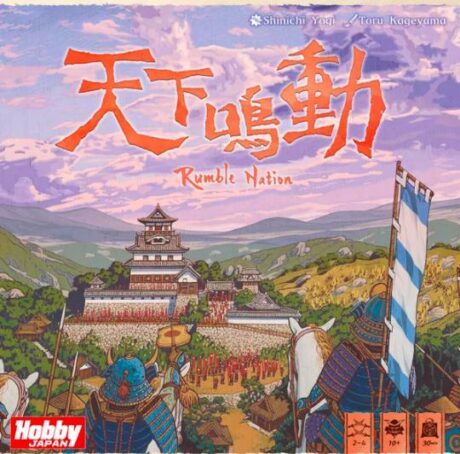
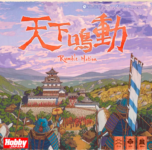
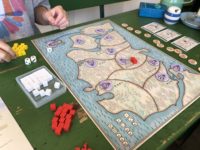
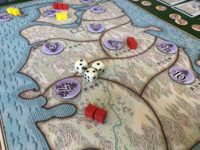
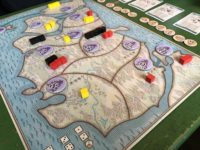
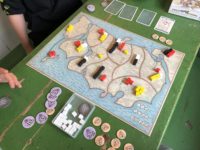


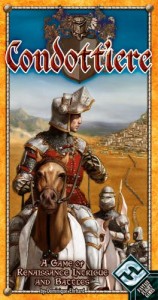

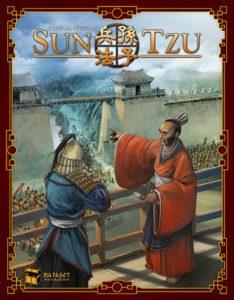
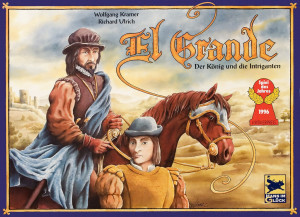
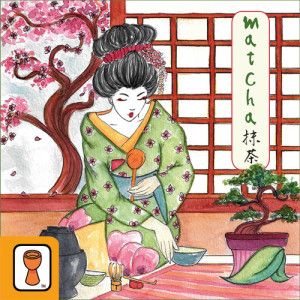
Sam says
A strange game that feels a little like a setting-up and breaking-down, without the second act. I find it clever, but also a little mathsy and with a slathering of if-this-then-that about it. If the early rolls are relatively simple, the later ones can feel sometimes tricky, sometimes enforced, as a dud combination of dice mean you have no real decision at all. After five plays I'm still undecided about it, but I can't deny it's sort of ingenious. Probably too puzzly for a family game, and too unthematic for a war game, it occupies a strange niche that will no doubt make some extremely happy for all its' oddity.